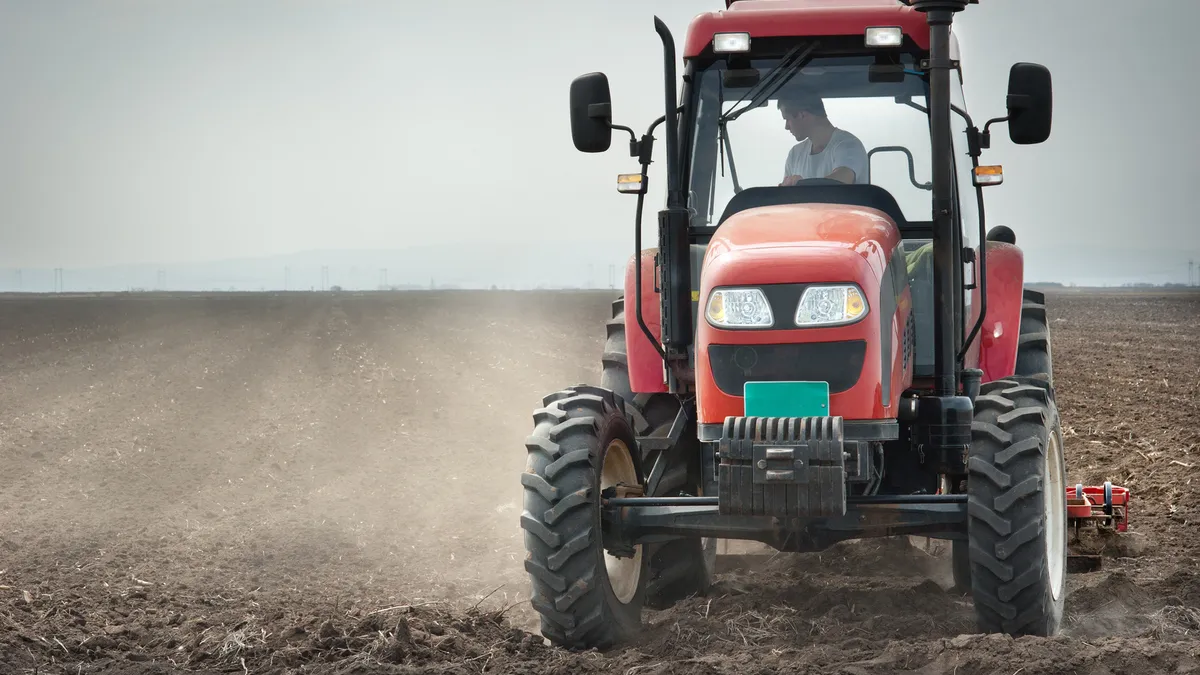Dive Brief:
- The Harvard Food Law and Policy Clinic has released an in-depth report showing the many ways that food waste could be addressed in the 2018 Farm Bill. Nearly two dozen recommendations detail the ways that this legislation could help ongoing efforts to prevent, recover and recycle wasted food through U.S. Department of Agriculture (USDA) funding and other federal incentives.
- In addition to many common suggestions on standardizing date labels, updating donation laws and expanding education, the report makes a case for widespread infrastructure investment through existing USDA programs. This includes refrigerated trucks and storage space for food recovery, as well as composting and anaerobic digestion facilities for food recycling.
- The report also calls on the federal government to take a more active role in facilitating coordinated efforts on food waste and funding research across all sectors. Recommendations include giving the USDA oversight of the Bill Emerson Good Samaritan Food Donation Act and creating a food waste reduction office, or at least a dedicated position, within the agency.
Dive Insight:
Preliminary discussions about the 2018 Farm Bill are well underway and many see it as the best opportunity to make lasting progress on the federal goal of reducing food waste 50% by 2030 that was set in 2015. Progress has also continued in the meantime, with the grocery industry supporting voluntary date labeling standards and federal legislation introduced to update donation liability protections. Yet many recognize that inclusion in a larger legislative package may be the best way to codify those goals. If federal resources could be tapped into they would also help take existing efforts on education and research to a new level.
While all of this momentum has been part of the larger recycling conversation over the past year or more, it hasn't always been clear what role the waste industry is expected to play. Multiple food recovery hierarchies show that composting, anaerobic digestion or other conversion processes are considered the last resort when it comes to dealing with wasted food. Yet this report notes that those options have the potential to divert 9.5 million tons of food from landfills each year. It makes a detailed case for how federal money can help companies build new facilities and research ways to deal with existing problems such as contamination from packaging or limited markets for certain byproducts.
Citing current laws in California, Massachusetts, Vermont, Connecticut and Rhode Island, the report also lays out a potential role for federal funding to help develop new state or municipal organics diversion policies. This trend has meant local sanitation departments are expected to play a more active role in food recovery and more private haulers are being asked to offer solutions too. Some companies may see this as outside of their normal purview, but with the right approach they might also find it could present new business opportunities.












